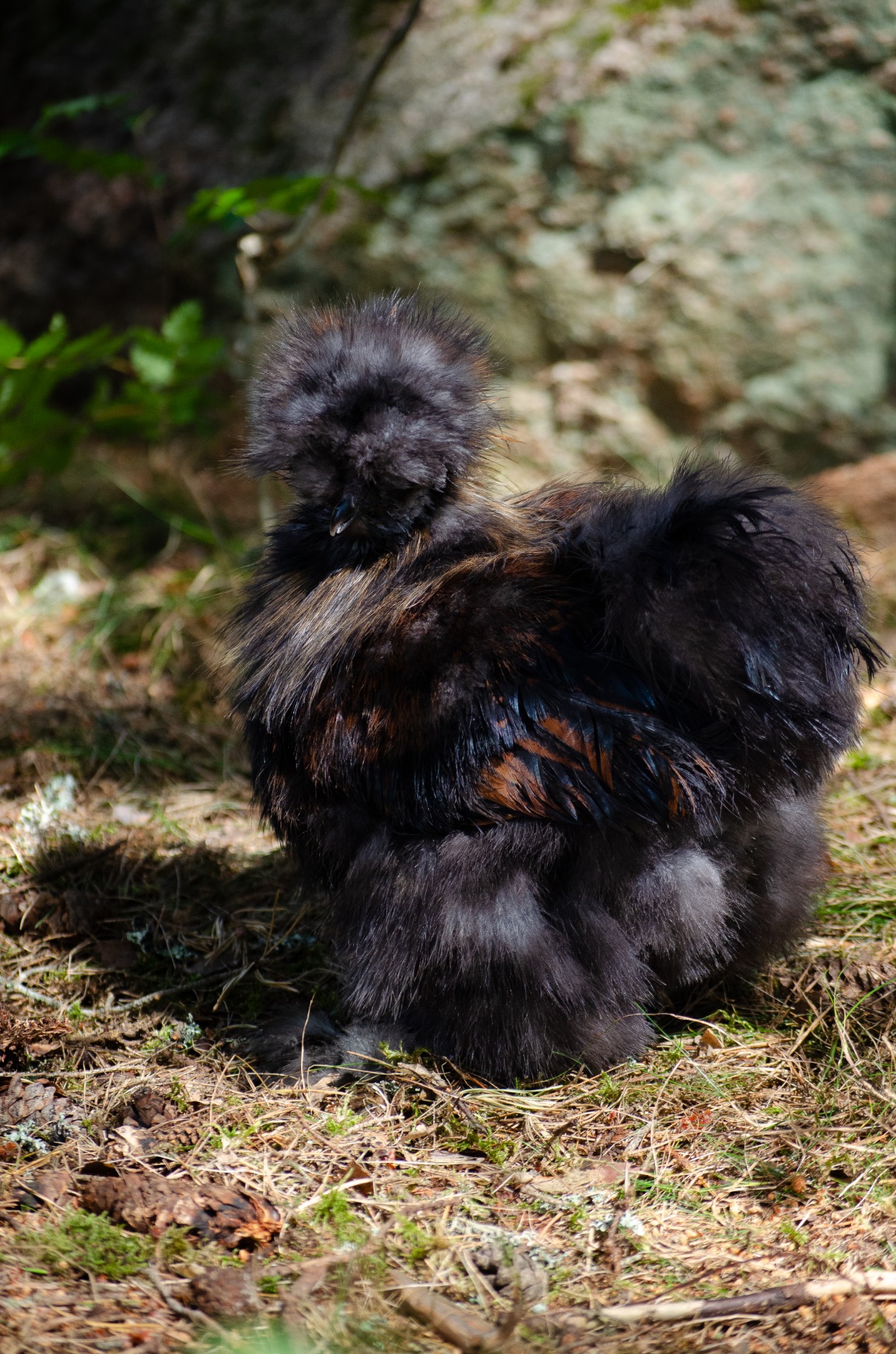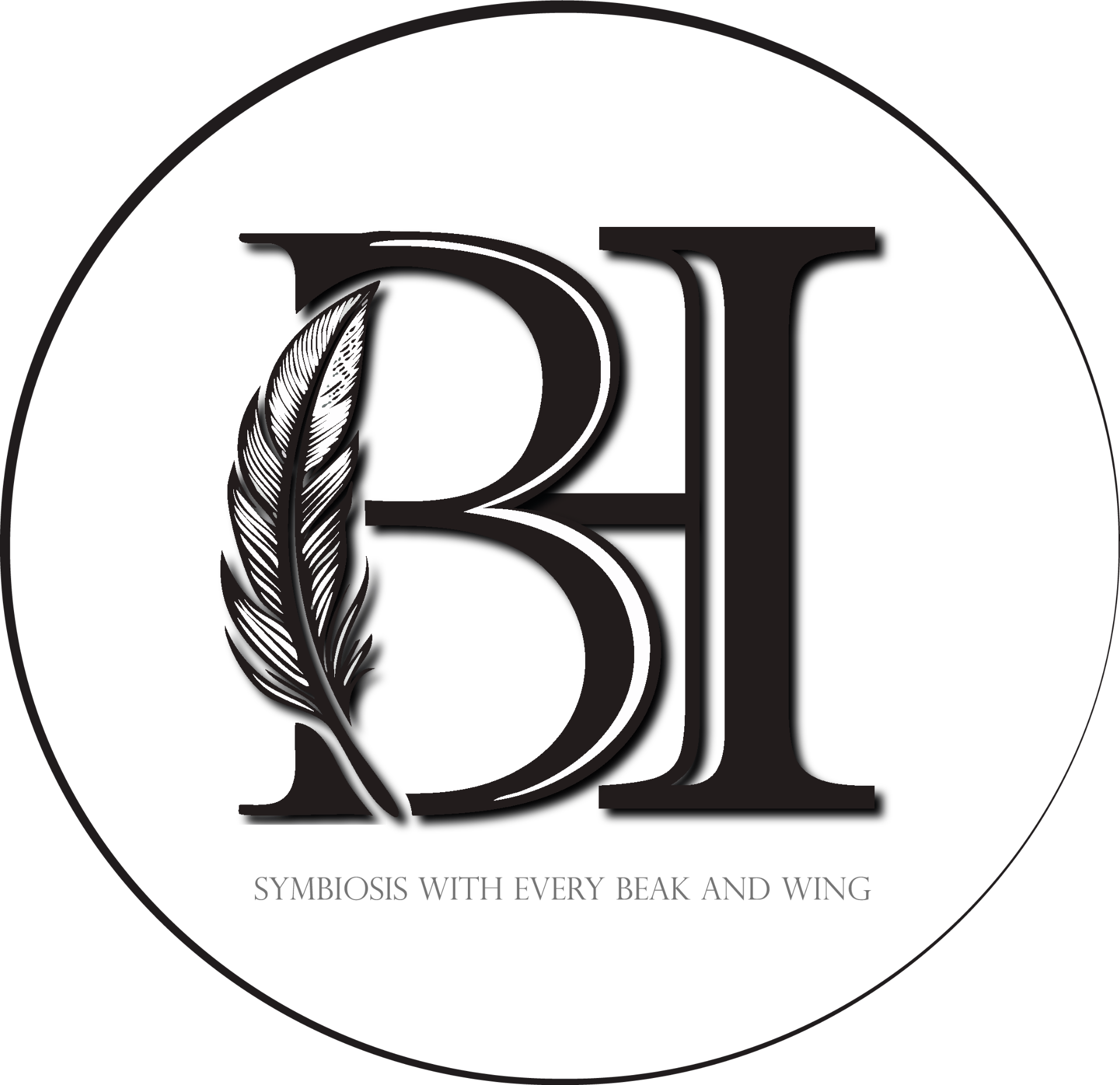Cross beaks
What they are and how to care for them

This is a condition in which the upper and lower parts of a bird's beak do not align properly. It is most common in chickens but can also occur in ducks and geese.
The condition may be visible right at hatching, but it often develops later as the bird matures. The causes can come from different sources. The most common cause is genetics, but it can also result from malposition in the egg, improper incubation conditions, injury, or nutritional deficiencies.

Trimming of the Beak
A cross beak will require regular beak trimming, since it does not wear down naturally like a normal beak.
One common misunderstanding is: "Why don't I just try to realign the beak?"
A cross beak cannot be fixed. Trimming a cross beak before 6 months of age can cause permanent damage and pain for the bird. This is because the beak is part of the skull, and in chickens, the skull is still growing during the first 6 months.

Feeding
A cross beak can live a happy and thriving life, but it does require some extra care. You need to make sure the bird can eat and drink enough. Deep dish bowls make this easier, but you can also offer mash food, which is easier for them to scoop up. A good routine is to weigh them weekly to ensure they are eating enough.
Torpedo Feeding
The severity of a cross beak varies from bird to bird. In more severe cases, they may need assistance with eating. For this, you can use a technique called "Torpedo Feeding."
It involves shaping a solid "cookie" of food that can be gently placed into the bird's beak, allowing them to eat more easily.
My toughts about cross beaks
Part of the reason I want a cross beak is the same reason I'm writing this: I want to educate people about this condition and show that a bird isn't doomed just because its beak looks a little unusual.
As Oak Abode says in her video, cross beaks can actually be beneficial to your flock (watch the video to see why!). I get the feeling that many people simply don't know about this condition and are always surprised when their bird starts developing a cross beak.
